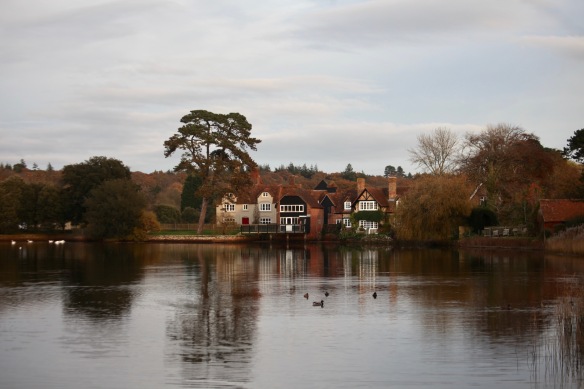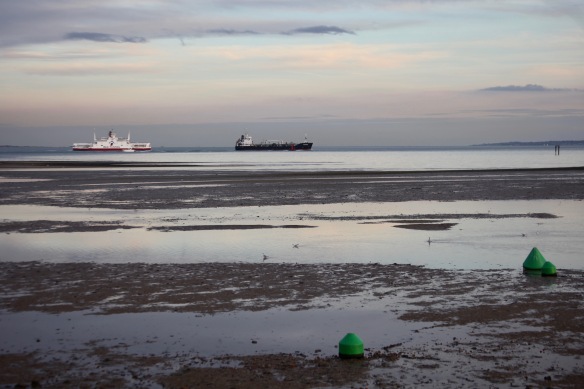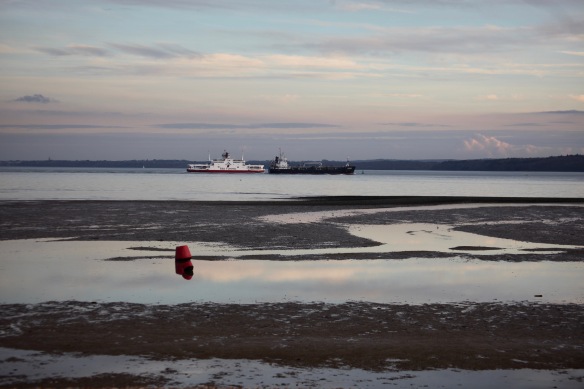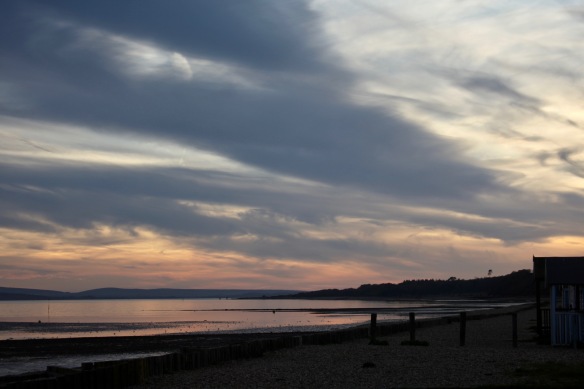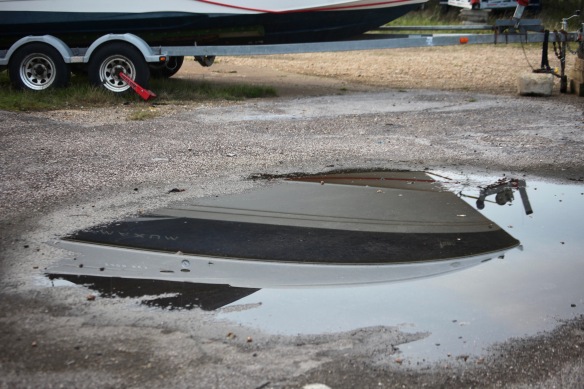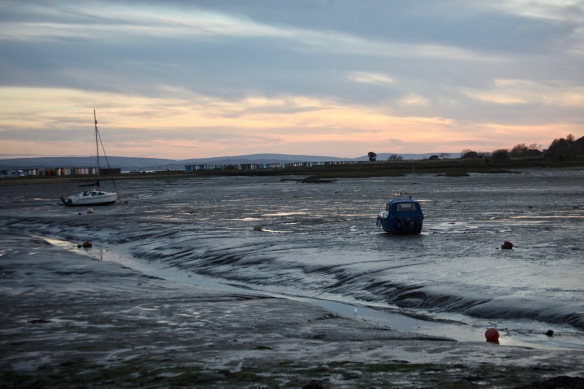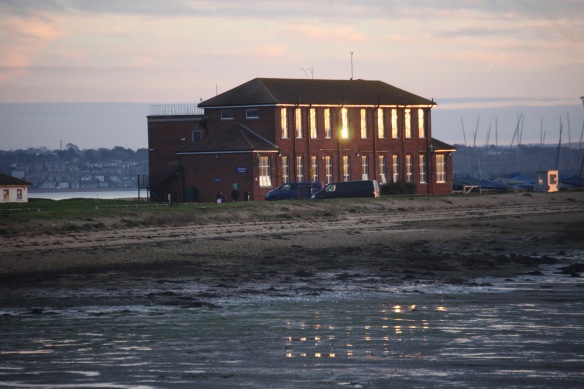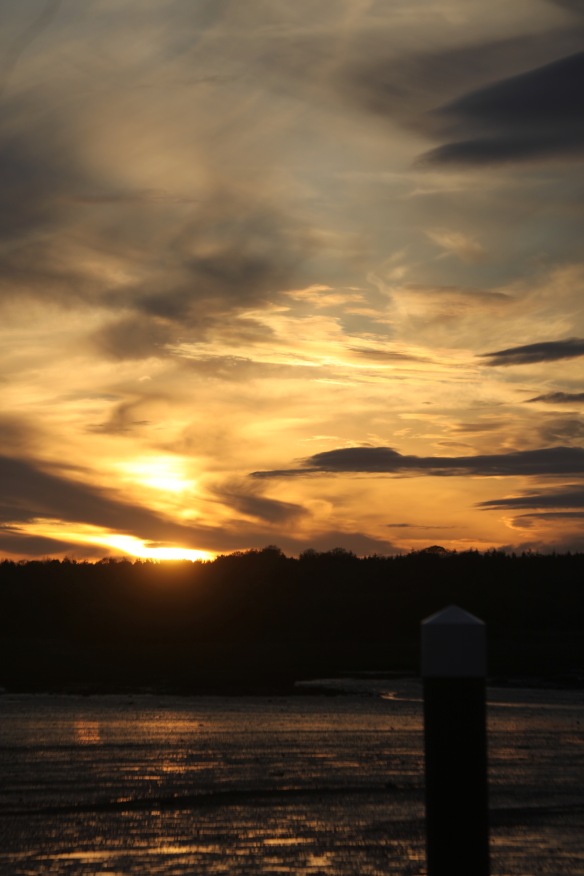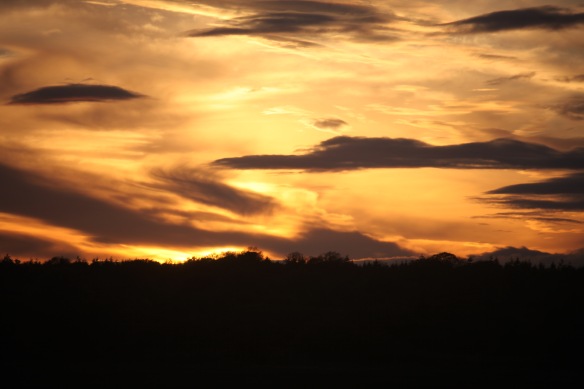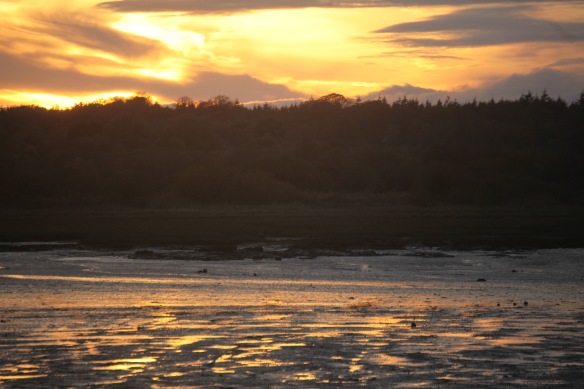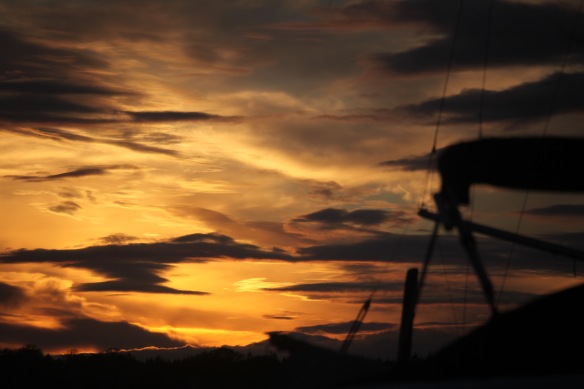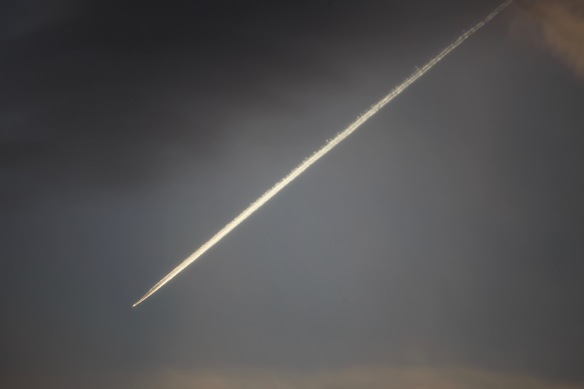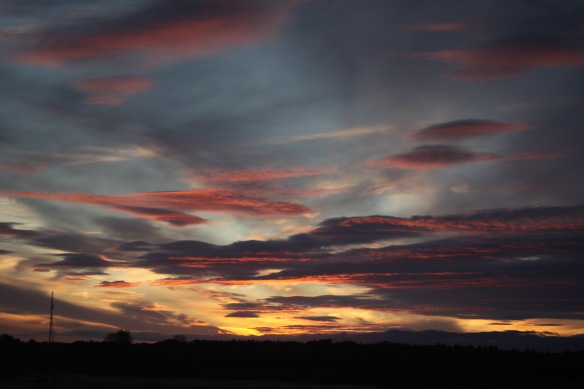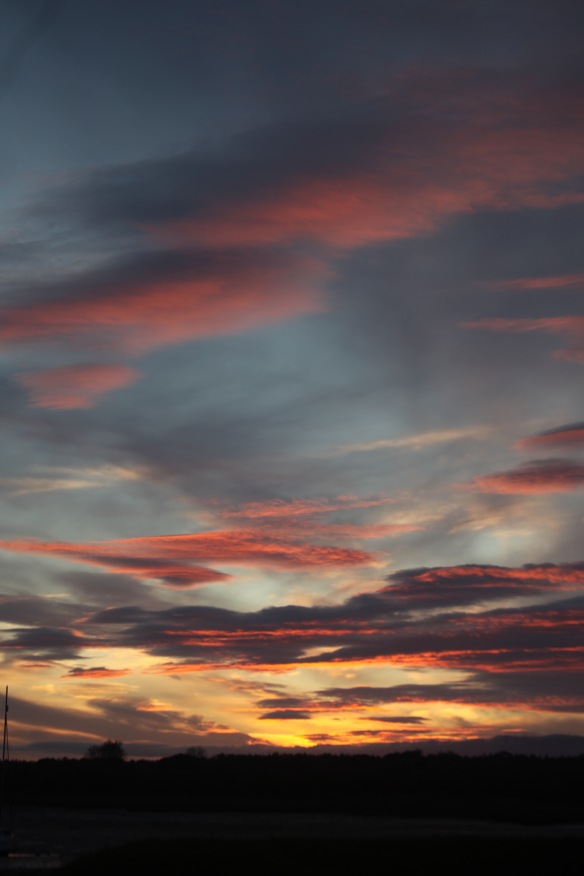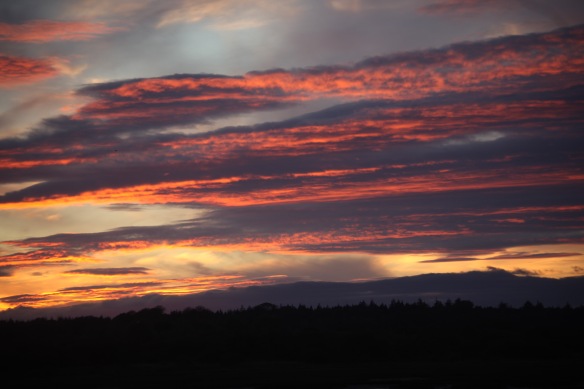CLICK ON IMAGES TO ENLARGE. REPEAT IF REQUIRED
This afternoon Jackie drove us to Calshot and back in order to watch the sun go down.
The tide was up in the Beaulieu River, offering reflections of Beaulieu Palace House
and of private houses.
Along Rollestone Road the ancient and modern meet in the forms of ponies grazing freely on historic moorland and the towers of Fawley Power Station.
We arrived at Calshot shortly before sunset. The tide had ebbed; buoys were beached,
and large vessels glided past,
towards the low sun that lit the beach huts’ verandas.
Swirling clouds splashed around the western sun
while, to the east, smooth water reflected its effects.
Parked boats were mirrored in pools on the quayside.
Shallow water glistened
and gleamed,
as did the windows of Houston House
which bears this plaque.
Wikipedia tells us that:
‘The Coupe d’Aviation Maritime Jacques Schneider, commonly called the Schneider Trophy or Schneider Prize (sometimes incorrectly referred to as the Schneider Cup, a different prize), was a trophy awarded annually (and later, biannually) to the winner of a race for seaplanes and flying boats. The Schneider Trophy is now held at the Science Museum, South Kensington, London.
Announced in 1912 by Jacques Schneider, a French financier, balloonist and aircraft enthusiast, the competition offered a prize of approximately £1,000. The race was held twelve times between 1913 and 1931. It was intended to encourage technical advances in civil aviation but became a contest for pure speed with laps over a (usually) triangular course (initially 280 km, later 350 km). The contests were staged as time trials, with aircraft setting off individually at pre-agreed times, usually 15 minutes apart. The contests were very popular and some attracted crowds of over 200,000 spectators. An earlier trophy, also presented by Jacques Schneider in 1910, in France, was the Schneider Cup, which is now in the possession of the RAF College Cranwell.’
and
‘In 1931 the British government withdrew support, but a private donation of £100,000 from Lucy, Lady Houston, allowed Supermarine to compete and win on 13 September against only British opposition, with reportedly half a million spectators lining the beachfronts. The Italian, French, and German entrants failed to ready their aircraft in time for the competition. The remaining British team set both a new world speed record (610 km/h (380 mph)) and won the trophy outright with a third straight win.[7] The following days saw the winning Supermarine S.6B further break the world speed record twice, making it the first craft to break the 400 mph barrier on 29 September at an average speed of 655.8 km/h (407.5 mph).’
As the sun gravitated towards
the horizon,
orange hues
spread
and deepened.
A jet trail pierced the indigo backcloth,
and the palette introduced red pigments
streaking
across the firmament;
finally dipping into the stream running alongside Jack Maynard Road.
This evening, for dinner, we enjoyed Jackie’s splendid beef and mushroom pie; boiled potatoes, carrots and cabbage, with which I drank more of the madiran.

